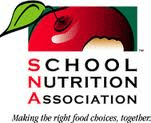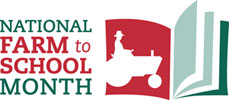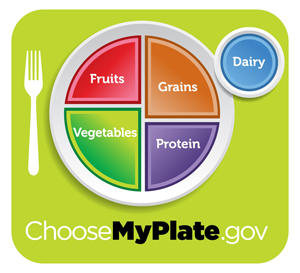Global Handwashing Day will involve millions of people in over 100 countries around the world. Global Handwashing Day (GHD) was created to:
• Foster and support a global culture of handwashing with soap.
• Shine a spotlight on the state of handwashing in every country.
• Raise awareness about the benefits of handwashing with soap.
Handwashing with soap is the most effective and inexpensive way to prevent diarrheal and acute respiratory infections, which take the lives of millions of children in developing countries every year. Together, they are responsible for the majority of all child deaths. Yet, despite its lifesaving potential, handwashing with soap is seldom practiced and difficult to promote.
Turning handwashing with soap before eating and after using the toilet into a habit could save more lives than any single vaccine or medical intervention. It could cut diarrhea deaths by almost half and acute respiratory infection deaths by one-quarter. A vast change in handwashing behavior is critical to meeting the Millennium Development Goal of reducing deaths among children under the age of five by two-thirds by 2015.
Global Handwashing Day focuses on children because they suffer the most from diarrheal and respiratory diseases and deaths. Still, research shows that children can be powerful agents for changing behaviors like handwashing with soap in their communities.
When should you wash your hands?
· Before, during, and after preparing food
· Before eating food
· Before and after caring for someone who is sick
· Before and after treating a cut or wound
· After using the toilet
· After changing diapers or cleaning up a child who has used the toilet
· After blowing your nose, coughing, or sneezing
· After touching an animal or animal waste
· After touching garbage
For more information on handwashing with soap, including research, tools, and news, visit www.globalhandwashing.org.
It’s In Your Hands
Resources and References
1. CDC, Centers for Disease Control and Prevention, Handwashing: Clean Hands Save Lives
2. Partnership for Food Safety Education, Fight BAC!
3. The Scrub Club is a fun, interactive, and educational website that teaches children the proper way to wash their hands. The site contains interactive games, educational music, downloadable activities for kids, educational materials for teachers, and program information for parents.
4. Healthy Schools, Healthy People, It’s a SNAP! (School Network for Absenteeism Prevention) The program is a joint initiative of the CDC and the American Cleaning Institute. It seeks to improve hand hygiene habits to help prevent the spread of infectious diseases and reduce related absenteeism. This grassroots, education-based effort can help improve health by making hand cleaning an integral part of the school day. Without proper hand cleaning, a single infection can quickly spread among students, teachers, family, and friends.










































